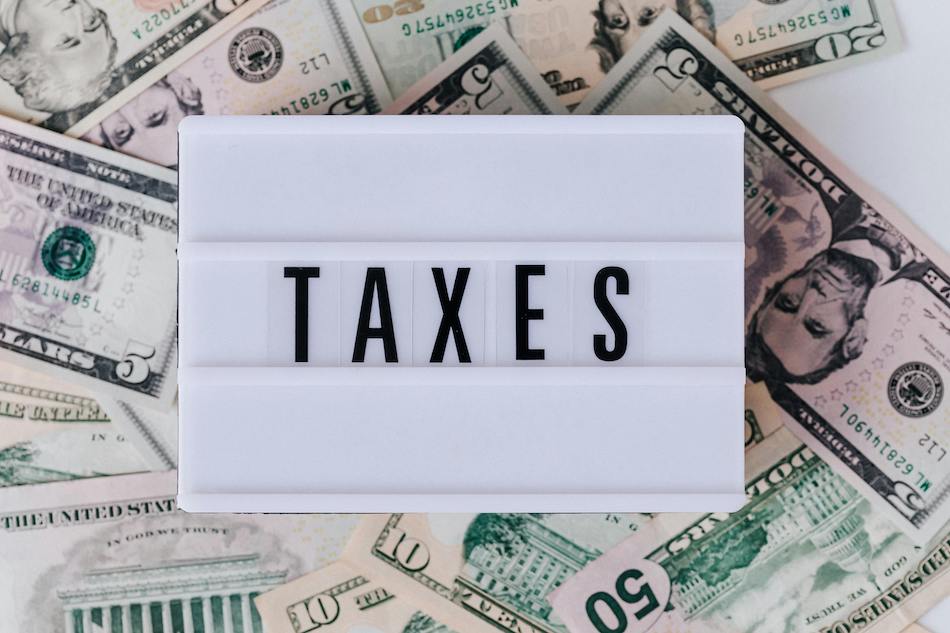- Financial Planning,
- | May 7, 2025
Why is Regular Bank Reconciliation Important?

Bank reconciliation might sound like accounting jargon, but it’s actually one of the most important tasks for keeping your business finances in check. In simple terms, it’s the process of making sure your financial records match your bank statements.
Doing this regularly helps catch mistakes, prevents fraud, and keeps your business’s financial health accurate. Let’s dive into why it matters and how to do it step by step.
Why is Bank Reconciliation Important?
Bank reconciliation does a lot for your business:
- Catch Errors: Duplicate transactions, missed entries, or wrong amounts can all sneak in. Reconciliation helps you spot them.
- Prevent Fraud: Unauthorized transactions don’t stand a chance when you review your accounts regularly.
- Improve Cash Flow Management: Knowing exactly how much money is available helps you plan and spend wisely.
- Ensure Accurate Financial Reporting: Clean books keep you compliant with tax laws and audit requirements.
- Avoid Bank Fees & Penalties: Overdrafts and bounced checks can be costly. Reconciliation helps prevent these surprises.
In short, bank reconciliation isn’t just an accounting task—it’s a shield for your money.
Step-by-Step Guide to Bank Reconciliation
Here’s a simple way to reconcile your bank statements:
Step 1: Gather Your Records
Start by collecting your bank statements and accounting records. This could include your ledger, transaction reports, or receipts.
Step 2: Compare Transactions
Match every deposit and withdrawal on your bank statement with your records. Highlight any differences for further investigation.
Step 3: Identify and Resolve Discrepancies
Look for missing transactions, such as unrecorded bank fees or payments. Check for duplicates or incorrect amounts, then adjust your records as needed.
Step 4: Verify Adjustments
Double-check your corrections. Make sure everything is accurate and justified. Recalculate your closing balance so it matches the bank statement.
Step 5: Finalize and Keep Records
Document any adjustments and store the reconciliation reports safely. You’ll thank yourself later during tax season or an audit.
Make Bank Reconciliation Easier with Technology
Manually reconciling bank statements can take forever and is prone to errors—especially if accounting isn’t your favorite task. That’s where AI-powered tools like Tabby come in.
With automation, you can:
- Spot discrepancies instantly
- Categorize transactions automatically
- Keep your books accurate without the headache
Regular bank reconciliation is key to maintaining financial accuracy. Follow these steps, stay consistent, and leverage technology to make the process effortless.
Want to simplify your bookkeeping and reconcile accounts effortlessly? Try Tabby today!



